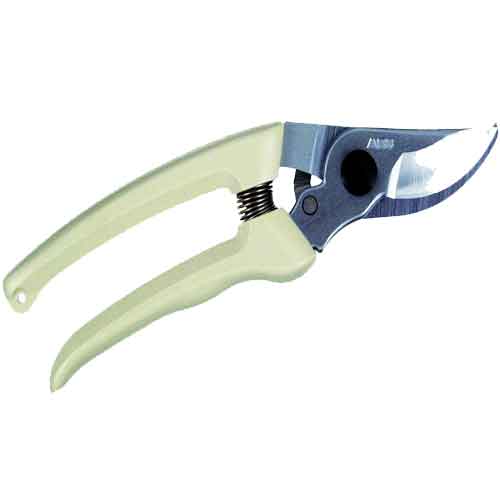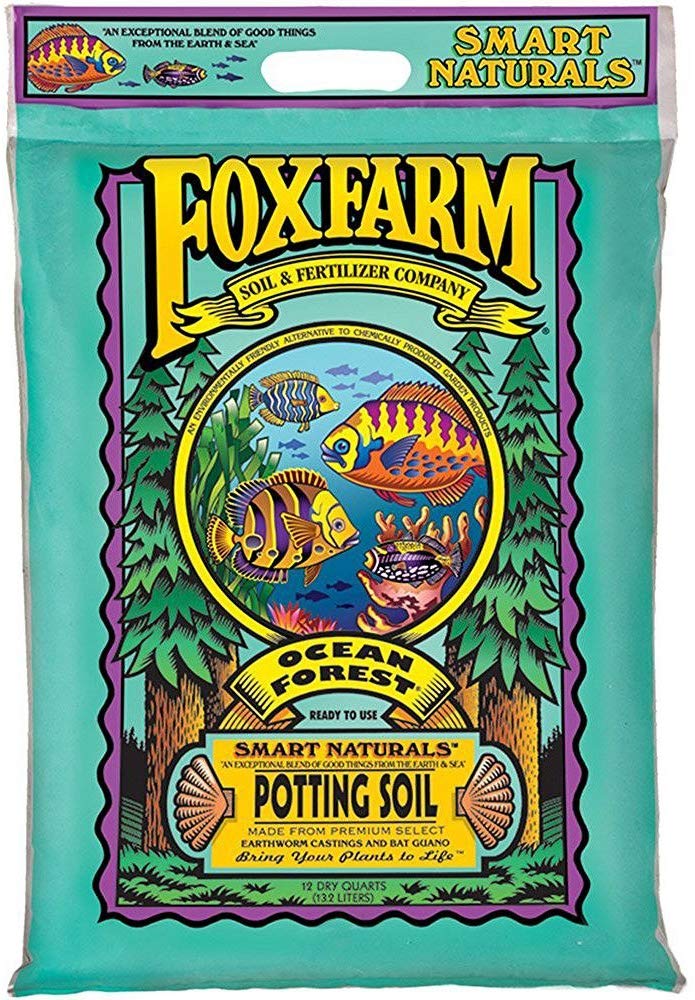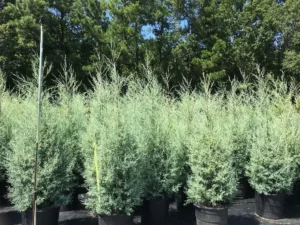Bird of paradise plants. The Bird of Paradise (Strelitzia Nicolai) boasts a shockingly amazing and outstanding display of big tropical leaves. The Bird of Paradise tree or plant can stand tall and reaches 20 inches (50.8 centimeters) if growing in the wild of Southern Africa.

While in homes indoor or gardens, they can only grow and stand from 3 inches (7.62 centimeters) to 8 inches (20.32 centimeters) tall. Bird of Paradise tree rank among most favorites plants because of the extraordinary size of their rich greenery leaf.
Many people mistakenly call this plant the “banana tree” because it looks like a banana tree. This Bird of Paradise tree are named for the beautiful, orange crane-like flowers that they produce, like Birds of Paradise. They are beautiful and exotic.
Under a suitable condition, like the full and southern light exposure, the right humidity and temperature, Bird of Paradise tree may flower indoors, although this rarely happens.
Birds of Paradise flower
The flowers of Bird of Paradise are crested orange flowers and blue flowers. The exotic color is the reason why this plant is grown for. They are grown for both in the landscape and commercially.
The flowers are long-lasting on the plant or in arrangements. You do not have to worry about a new young plant does not flower for the first few years.
During its 3-4 years, as the plant ages, more flowers will bloom and appear. The Bird of Paradise flower blooms the heaviest, in the fall through spring and then in summer.
The right location
To thrive well, Bird of Paradise prefers a location far away from drafts and air vents. The plant need at a minimum of four hours of any direction from sun exposure.
Commonly Bird of Paradise could tolerate low sunlight, but the plant will not be able to thrive long-term with low sunlight. It is recommended placing the plant in bright light.
During the spring months or early months of summer, choose a location in a well-draining and fertile location in full or partial sun. A Bird of Paradise plant will produce darker leaf, grow taller and larger flowers in light shade.
As a sun-grown plants, Bird of Paradise have smaller blooms and shorter stems. Flowers are more plentiful. Place apart each plant at least 6 feet (182.88 cm) away of each other, if you are planting multiple Bird of Paradise plants.
You can place the plant on balconies or terraces because of its resistant to the wind. Another suitable location would be the living rooms, hallways, bedrooms, offices, conference rooms, or anywhere as long as there is plenty of light.
If you place the plant against walls such as room corners, rotate the container or pot so all the leaf gets even light. Light is the most important factor for Bird of Paradise to thrive.
Care for Bird of Paradise plant after planting
The failure or the success of new planting can be determined by whether the plant receives adequate moisture during the first six months. Too dry or too soggy conditions will cause leaves to turn to yellow and eventually die.
In its mature stage, Bird of Paradise plant like to have regular watering from an irrigation system or natural rainfall. During those cold winter months (December, January and February), Bird of Paradise plants should be watered when the soil is fairly dry.
By placing a 2 to 3-inch deep layer of mulch around the base of Bird of Paradise plants help stabilize root temperature, conserve moisture, and reduces weed infestations. Common organic mulch materials that can be used are leaves, pine needles, bark, and wood chips. Or you can use inorganic materials including gravel and crushed stone.
Maintenance
Use a soil test kit and check the moist level of the plant. It is best to check the moisture level in the soil first. This practice is to make sure the soil is not too wet right beneath the surface.
One important thing to do is to aerate the soil before starting the watering. Compact the soil to avoid shifting during transit, so aerating practice can make the soil breathe and let moisture to be released from the soil.
Birds of Paradise prefer moist soil, and prefer to dry out lightly between watering. Do not to let the soil fully dry through the container, and do practice over watering. The plant does well in a self-watering containers.
If you see any splits in the leaves, and it is natural. Let light shine the lower part of the plant. You can minimize the splitting by applying extra humidity with a humidifier, or pebble tray, or mister.
Rotate the plant every once in a while and routinely, to make sure an even growth on all sides of the plant. To allow an optimal photosynthesize, dust the leaves many times at short intervals. While dusting the leaves, inspect the undersides of leaves and look for pests that might be there.
The long life of the plant might be determined by their unique locations. Pay special care to the condition of the Bird of Paradise and its watering requirement.
How to water Bird of Paradise plant?
Depending on where the plant’s location, the plant can get more or less thirsty. They would need watering with more or less regularly.
The humidity in the room, the time of the year, and the amount of Air Condition or Heating will affect the watering requirement. Just check the plant regularly to figure out what to do with watering.
Practice a regular watering once in every month. You can use a spray bottle, watering can, or measuring cup to water the Bird of Paradise plant with about 16 ounces (ca. 473 cubic centimeters) of watering per session.
Spray or pour water slowly all over the center of the plant. By practicing this, it filters down the base. Watering will not be good if the water runs down the outside of the root ball. Because it will leave the central roots dry.
This can occur if you water the plant too quickly or apply too much water at one time. Slower watering is practically more effective.
The most important thing is to make sure the water gets to the root zone. You could also practice pricking little holes into the gravel and soil with a dull knife and pour water inside to make sure the water goes down well.
You can test the soil again for its moisture level at the same time the next month. Or you can insert your finger into the soil about half an inch and feel the moisture level.
If it feels moist, do not water the plant. If the soil feels dry, water the plant as mentioned above. Remember that Bird of Paradise plant-like moist but not soggy soil.
If you get the hang of it and you can determine the best watering schedule for your temperature and moisture conditions.
How to fertilize Bird of Paradise plant?
For achieving the best growth and flowering, Bird of Paradise needs fertilization. The best fertilizer for Bird of Paradise is organic fertilizers including sewage sludge, manure, or blood meal, granular landscape fertilizers, or controlled-release materials. And also synthetic complete fertilizer with a 1-1-1 ratio of nutrients is effective.
Spread fertilizer every three months during the growing season. Read the instruction label and follow them accordingly.
Apply slow-release, and organic fertilizers at a rate of 3 to 5 pounds (2.27 kilogram) per 100 square feet (9.29 m²) of bed area. Or a balanced synthetic product at the rate of two pounds per 100 square feet (9.29 square meters) of the bed area.
Adding minor elements may be required if plants show deficiency symptoms.
You can use water-soluble regular houseplant fertilizer once a month or during spring through early fall. Be careful not to fertilize too much plant food which can cause excess salt build-up in the soil that can result in leaf burn.
How to prune Bird of Paradise plant?
Pruning is one of the most important maintenance tasks for Bird of Paradise. Every plant has a different time and method.
Bird of Paradise can be cleaned up and trimmed, but you have to wait until early spring to start. The purpose of Bird of Paradise pruning is to remove old plant leftover, thin the leaves, and take out damaged stems to keep them healthy.
The flowers of Bird of Paradise will last only for as long as 2 to 3 weeks before dropping petals and dying. This is the best time to prune Birds of Paradise.
Bird of Paradise pruning has the goals to reduce the size of an older plant or remove leaves and stems that bar a sidewalk or pathway or window. You can buy and use a lopper, hand pruners or a pruning saw.
Do not use hedge trimmers because of the rough cuts and leave ragged, damaged edges. Take down all leaves and stems if they are above the ground.
Take out dead flowers to the base of the plant and clean all old vegetation around the plant.
Common question
Why leaves of Bird of Paradise splitting?
Actually, if you see the splitting leaves on the Bird of Paradise you do not have to worry. It is a normal and natural character of the plant.
Practically, if the leaves split, the light can reach the lower part of the plant. Older leaves create more splits. If this occurs, it can be pruned. Then new leaves emerge and fill out the plant.
If the splits happen rapidly, it can be caused by being near air vents and drafts. Move it away from them. Make sure the plant get enough light and water.
Will Bird of Paradise bloom?
Most of the time, Bird of Paradise never produce flowers indoors. The flower will bloom in their natural habitat and high light conditions. It should be in the right condition to bloom.
How often to fertilize Bird of Paradise plant?
Bird of Paradise thrives well when they are fertilized in the spring months through fall. Fertilize once a month with an organic fertilizer. Read the instruction label for the best practice of mixing and application
A slow-release fertilizer in the soil, will feed the plant within the first 6 months of receiving it.
How often does Bird of Paradise plant need to be repotted?
It is recommended to practice repotting every 18 to 24 months. Bird of Paradise prefers to be slightly pot bound. You can stop repotting for 28 months if the plant is in a healthy condition.
Typically, you want to choose a potting vessel 2 inches (5.08 centimeters) to 4 inches (10.16 centimeters) in diameter to allow for growth. Repot with a pot with the same size or a little smaller than the previous as this could drown the plant’s roots.
If you prefer the same size pot, repot it into the same vessel, give new soil and trimming away some roots and foliage. Spring months or summer months is the ideal time for repotting as the Bird of Paradise plant is at its strongest.
Recommended tools and accessories
Pruners

[su_button url=”https://www.amazon.com/ARS-HP-130DX-7-Inch-Pruner-Secateur/dp/B000AQQEUO/ref=as_li_ss_tl?keywords=ars pruners&qid=1571329483&sr=8-4&linkCode=sl1&tag=fery0d-20&linkId=e0d29282183d8927497a2235b4523634&language=en_US” target=”blank” background=”#e5083f” size=”8″ center=”yes” radius=”0″]Check It Out[/su_button]
Pesticide

[su_button url=”https://www.amazon.com/Harris-Pressed-Unrefined-Cosmetic-Grade/dp/B07732SVD3/ref=as_li_ss_tl?keywords=neem oil&qid=1571333790&sr=8-12&linkCode=sl1&tag=fery0d-20&linkId=ab39261ec5aaecf0b45e39a63fb51c02&language=en_US” target=”blank” background=”#e5083f” size=”8″ center=”yes” radius=”0″]Check It Out[/su_button]
Watering can

[su_button url=”https://www.amazon.com/Indoor-Watering-Can-Gallon-Blue/dp/B004HVVZE8/ref=as_li_ss_tl?keywords=watering can&qid=1571336261&sr=8-18&linkCode=sl1&tag=fery0d-20&linkId=5d26a6b73b245623b8d6d5724c5ecb24&language=en_US” target=”blank” background=”#e5083f” size=”8″ center=”yes” radius=”0″]Check It Out[/su_button]
Soil

[su_button url=”https://www.amazon.com/FoxFarm-FX14053-12-Quart-Organic-Potting/dp/B001I49Q98/ref=as_li_ss_tl?ac_md=2-0-VW5kZXIgJDI1-ac_d_pm&keywords=fox farm soil&pd_rd_i=B001I49Q98&pd_rd_r=dc63aa4a-5336-448b-831f-fef53c4f2df0&pd_rd_w=f0pYU&pd_rd_wg=G0zGm&pf_rd_p=24d053a8-30a1-4822-a2ff-4d1ab2b984fc&pf_rd_r=E40CDK2DC3B65Q7THM2Z&psc=1&qid=1571333974&linkCode=sl1&tag=fery0d-20&linkId=91fb67bb853d9c9a3aef21c86ac6d754&language=en_US” target=”blank” background=”#e5083f” size=”8″ center=”yes” radius=”0″]Check It Out[/su_button]
Fertilizer for Bird of Paradise

[su_button url=”https://www.amazon.com/Natures-Source-7520-US-10-4-3-Plant/dp/B01MUGLRZF/ref=as_li_ss_tl?crid=2CW16ZKMDPOPR&keywords=10-4-3 fertilizer&qid=1571334422&sprefix=10-4-3 ,aps,188&sr=8-1&linkCode=sl1&tag=fery0d-20&linkId=52a09387611ced8c74743dd431f4756e&language=en_US” target=”blank” background=”#e5083f” size=”8″ center=”yes” radius=”0″]Check It Out[/su_button]
